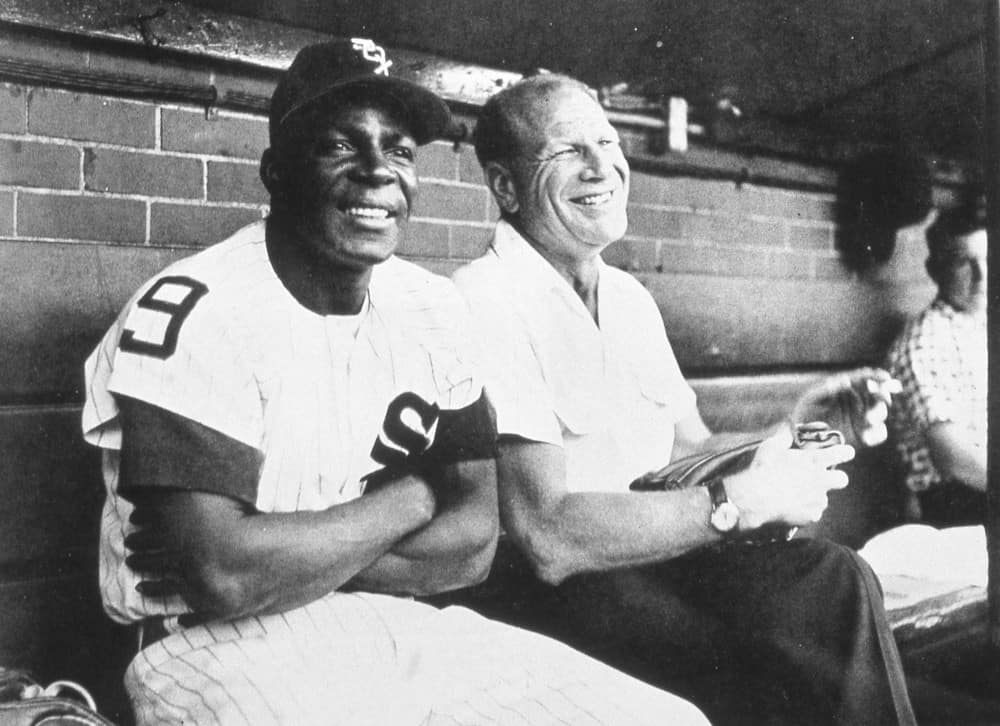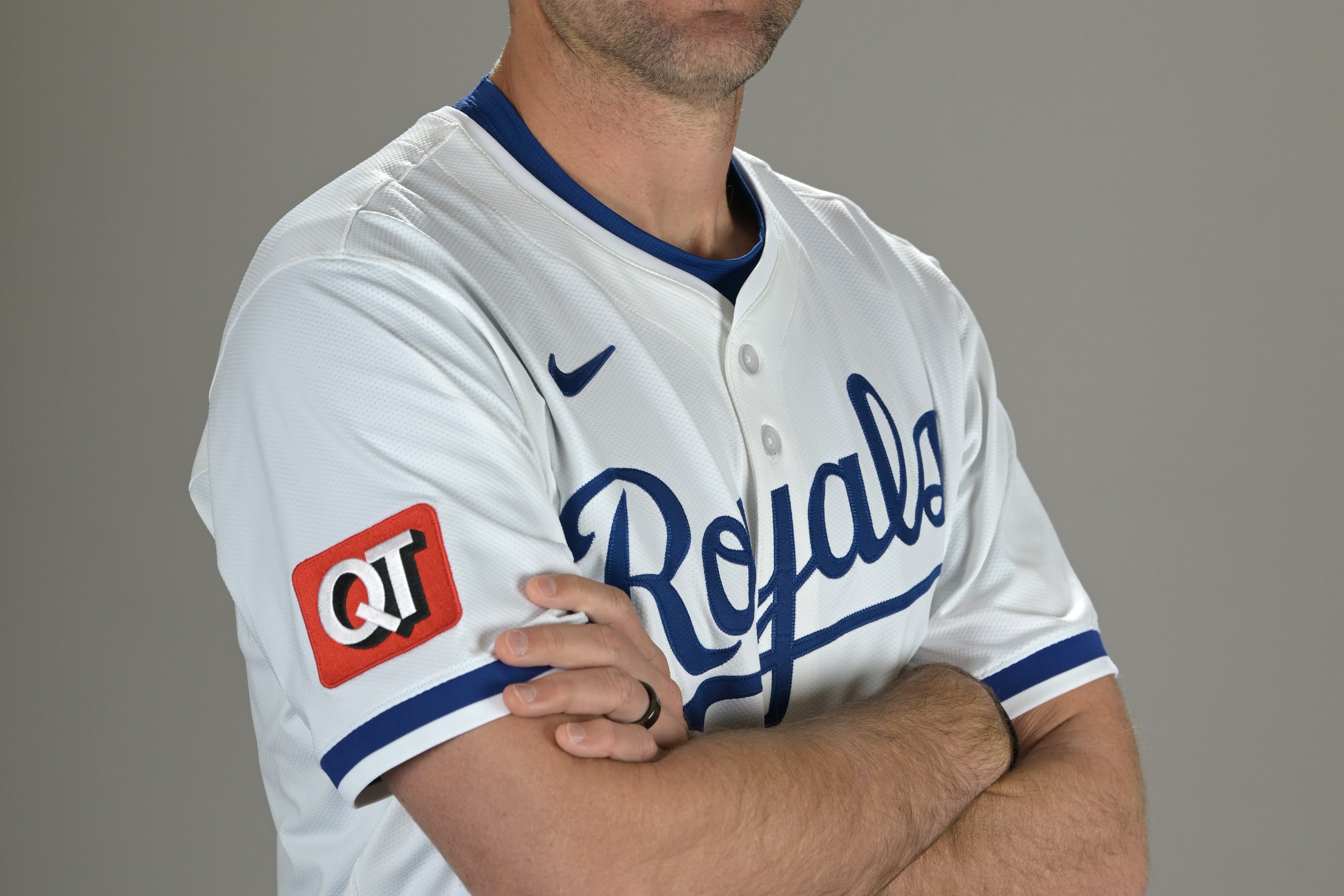With the Justin Verlander trade as a catalyst and Brad Ausmus' lame-duck status capping it off, the Detroit Tigers completed a stunning free-fall last year.
They were an ordinary below-average team as late as Aug. 4, winning six out of seven games to pull them up to 51-57, 8½ games back in the AL Central. Then they went 13-41 the rest of the way, shooting past the White Sox, Reds and Giants for the worst record in baseball and the first overall draft pick, which they used on Casey Mize.
History could repeat this year, because the Tigers have been stuck in a similar nosedive this season. After sweeping the White Sox in mid-June to pull within a game of .500 and just 2½ games back of Cleveland, they went winless for the rest of June ... which was at that point just 18 days old.
The Tigers have had losing streaks of 11, six and six games over the last two months, during which they're 14-32. They fired pitching coach Chris Bosio in the middle of that 11-gamer for what reports said were racial slurs at a clubhouse attendant. That shakeup hasn't changed their pitching success in any material way -- they already had an ERA that hovered around 4.40 with one of the league's lowest strikeout rates, but also one of the league's lowest walk rates, which is as Gardenhire as it gets.
Instead, the offense has dried up. The Tigers are averaged just 3.1 runs a game from the start of the 11-game skid to the start of this White Sox series, hitting just .218/.272/.330 with 33 homers over 45 games.
I wanted to wait one game into the White Sox series to write this. The Tigers on eight of their first nine games against the Sox this season, so Monday's game would determine whether the tenor of this post was more "the Tigers sure suck" to "the White Sox still suck worse somehow."
Sure enough, the Tigers rallied from an early 3-0 deficit to win in rather convincing fashion on Monday, 9-5. They're now averaging 3.2 runs per game.
Before the season, I predicted the White Sox would end up at 71 wins, not because they'd have improved as a team in a detectable fashion, but because the AL Central was dying on the vine. The Tigers have instead adopted that strategy. They're 7½ games up on the White Sox in the standings because they're eight games up on the White Sox head-to-head. Here's what the standings look like now:
- Tigers: 50-69, 17.5 GB
- White Sox: 42-76, 25 GB
And here's what the standings would look like if the Sox managed to just split the season series with Detroit to date:
- White Sox: 46-72, 21 GB
- Tigers: 46-73, 21.5 GB
But that's just theory. In practice, the Sox are on pace for 104 losses, while the Tigers are on track for 68 wins.
The question here is whether the Tigers are bad enough -- or whether the Sox have enough reserve talent -- to reverse the standings despite these head-to-head woes. The Tigers don't have anybody like Carlos Rodon in their rotation now, especially with Michael Fulmer on the shelf with an oblique strain, and they don't have anybody like Eloy Jimenez or Michael Kopech waiting in the wings in Triple-A.
It's not unfathomable that the Tigers could slide past the White Sox again when the dust clears, and it's one of the few things to watch over the rest of the season as long as Kopech and Jimenez aren't around. Otherwise, it's things like "Can the White Sox stop their double-digit strikeout streak?" That's not nearly as gripping.
The lopsided record in direct matchups changes the complexion, though. The Sox won the season series against Detroit last year (10-9), making the rest of the slate a bigger factor. Barring a reversal in fortune, these head-to-head losses may be too big a bulwark.
* * * * * * * * *
Speaking of things to watch in a losing season, my column for The Athletic covers the big weeks for Adam Engel and Daniel Palka, who may as well make the most of their time since the rebuild may force them out.
It’s not out of the question that he and Palka could play roles on eventual winners, even if they can’t develop their bat-to-ball skills. The problem is that baseball is increasingly unkind to position-player specialists in favor of ones who can pitch. The “pinch-running defensive substitute” role Engel was born to serve on MLB benches has been replaced by “another pitcher,” and while Palka embodies the perfect distillation of “left-handed thump,” that spot on the 25-man roster usually goes to “an even worse pitcher.” Matt Davidson is trying to supplement his lesser brand of bench power with the lowest-of-leverage relief work, and he’s brilliant for doing so.






